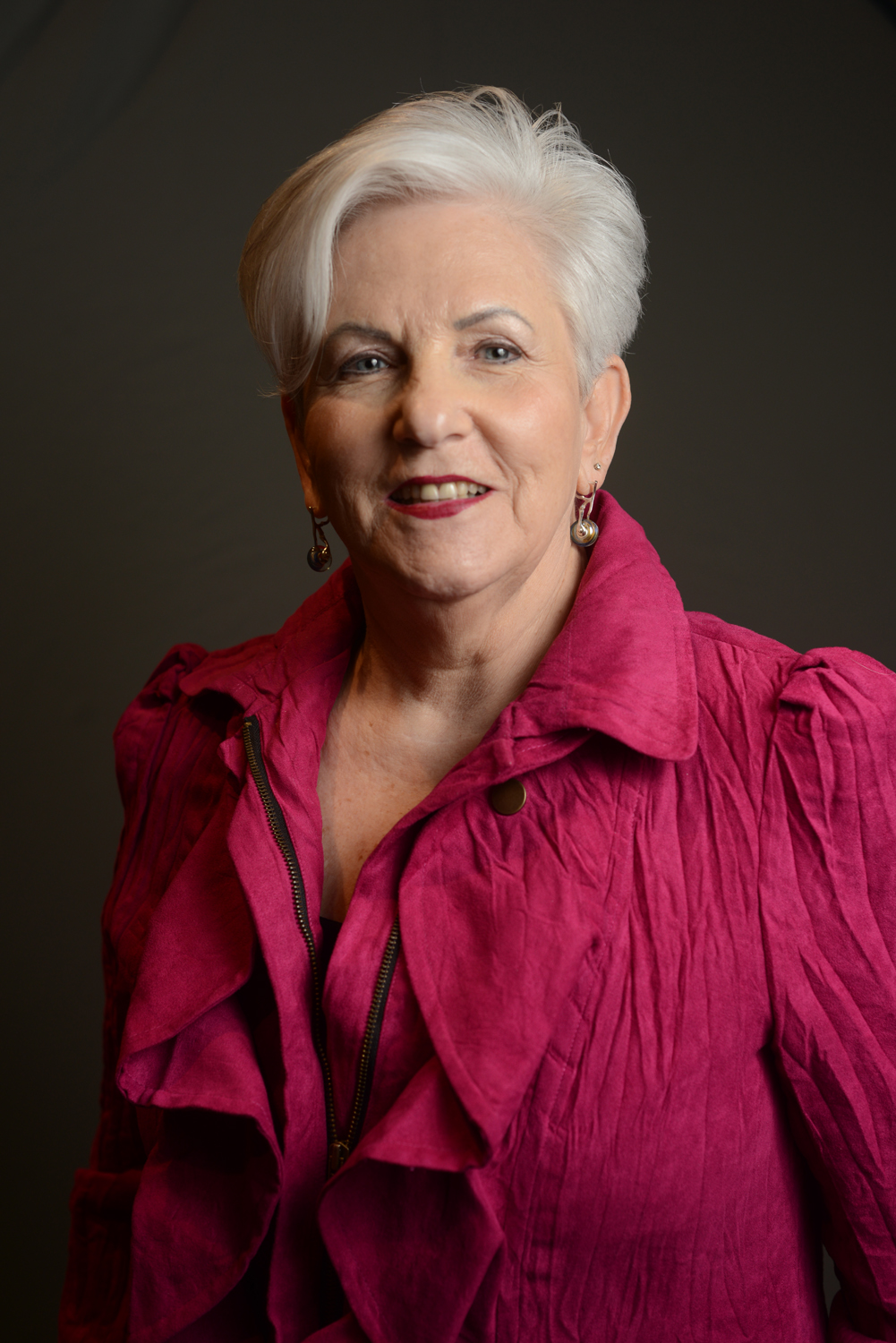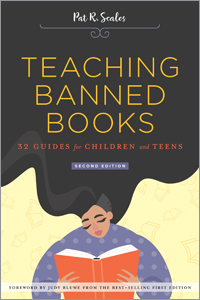Pat R. Scales on teaching banned books: an interview
Pat R. Scales has made it her mission to ensure that valued books which touch upon important topics are not quarantined from the readers for whom they were written. She is a former chair of ALA’s Intellectual Freedom Committee and serves on the Board of Advisors of the National Coalition against Censorship. And she's also author of the new second edition of Teaching Banned Books: 32 Guides for Children and Teens. In this interview she was eager to share some of the discussion questions that appear in the book as well as discuss how to respond to censorship attempts.
Why did you feel that it was time for a second edition?
 The first edition was published in 2001, and it sold very well. Since that time there have been so many more books that are typically taught in the Language Arts curriculum challenged, and in some cases banned. I believe that the best way to combat censorship in the classroom is to be aware of the concerns of parents, and deal with the issues head on. For this reason, we need to keep teachers and librarians up to date on challenges and give them the tools to fight these incidents.
The first edition was published in 2001, and it sold very well. Since that time there have been so many more books that are typically taught in the Language Arts curriculum challenged, and in some cases banned. I believe that the best way to combat censorship in the classroom is to be aware of the concerns of parents, and deal with the issues head on. For this reason, we need to keep teachers and librarians up to date on challenges and give them the tools to fight these incidents.
Did you have some specific goals in mind when you decided to update the book?
Yes, I had the following goals in mind:
- Suggest a strategy for teaching the first amendment so that students understand their right to read;
- Update teachers and librarians on current challenges to books they teach or use in book clubs;
- Give them the tools for conducting an open and honest discussion about the books and the challenges to them;
- Offer suggestions for writing prompts or activities so that young readers have the opportunity to think and respond to the titles more deeply; and
- Provide other titles that readers may enjoy that are similar in theme to the books being taught.
What’s the first thing a library worker or educator should do if they’re confronted by a censorship attempt?
It’s important that libraries and school districts have policies for dealing with controversial materials. These policies should offer step-by-step guidelines for dealing with challenges. The person challenging a book should be given a reconsideration form to complete. A materials review committee reviews the case and after much discussion, votes to retain or remove the book. Most of the time books are retained. If the person bringing the challenge isn’t satisfied, then they can appeal it to the school or library board. Libraries are about choice, and it’s important that parents understand that readers should be encouraged to return a book that offends them, or doesn’t interest them. Parents may not write the curriculum for the school. But, it’s a good idea to offer a child an alternative novel should they or their parent object to a novel being taught.
It can be tough to get a group discussion started about a book that deals with uncomfortable topics. Could you suggest a few “ice breakers” that can help put everyone at ease?
I hope the discussion questions offered for each title entry in the book does that. Always stick to the novel, and offer questions that analyze plot, character, theme, etc. Story is the best way to help children analyze the world around them, and develop empathy for those who may live differently than they do. Teachers and librarians should be very direct when dealing with controversial topics in a novel. If readers are taught the proper way to look at literature, then they can handle the controversial issues. For example:
Wringer by Jerry Spinelli has been challenged for “violence”. Discuss why the town has made the shooting of pigeons an annual event. What are the citizens teaching boys when they expect them to be wringers? Explain what Spinelli is saying about violence by writing this novel. How should people who are concerned about violence focus on the character of Palmer and his ultimate refusal to participate?
There have been issues related to race in Monster by Walter Dean Myers. Debate whether the attorneys in the novel are guilty of racial profiling. What message is Myers communicating about race in America?
George by Alex Gino has been challenged because it’s about a transgender character. Discuss why it’s helpful to read about the struggles of a transgender character. How might the novel help students be more compassionate toward those, and those who have already transitioned? How might  knowledge and compassion elimate bullying?
knowledge and compassion elimate bullying?
Among many other book-related activities, you’ve chaired the 1992 Newbery Award Committee, the 2003 Caldecott Award Committee, and the 2001 Laura Ingalls Wilder Award Committee. Suffice it to say you know the publishing landscape intimately! What are a few things you find most inspiring about how literature for young people has evolved over the years?
First and foremost, the honest and open approach to topics that reflect the society in which young people live. Nothing is sugarcoated. Style of writing and book format has really opened up. Graphic novels, novels written in verse, books with alternating chapters from different character perspectives are a few examples. Nonfiction on every subject imaginable. Fifty or sixty years ago, nonfiction for children was highly fictionalized. That is unacceptable today. The information is accurate and supported by research, and it’s presented in an interesting and readable style.
Learn more at the ALA Store.
